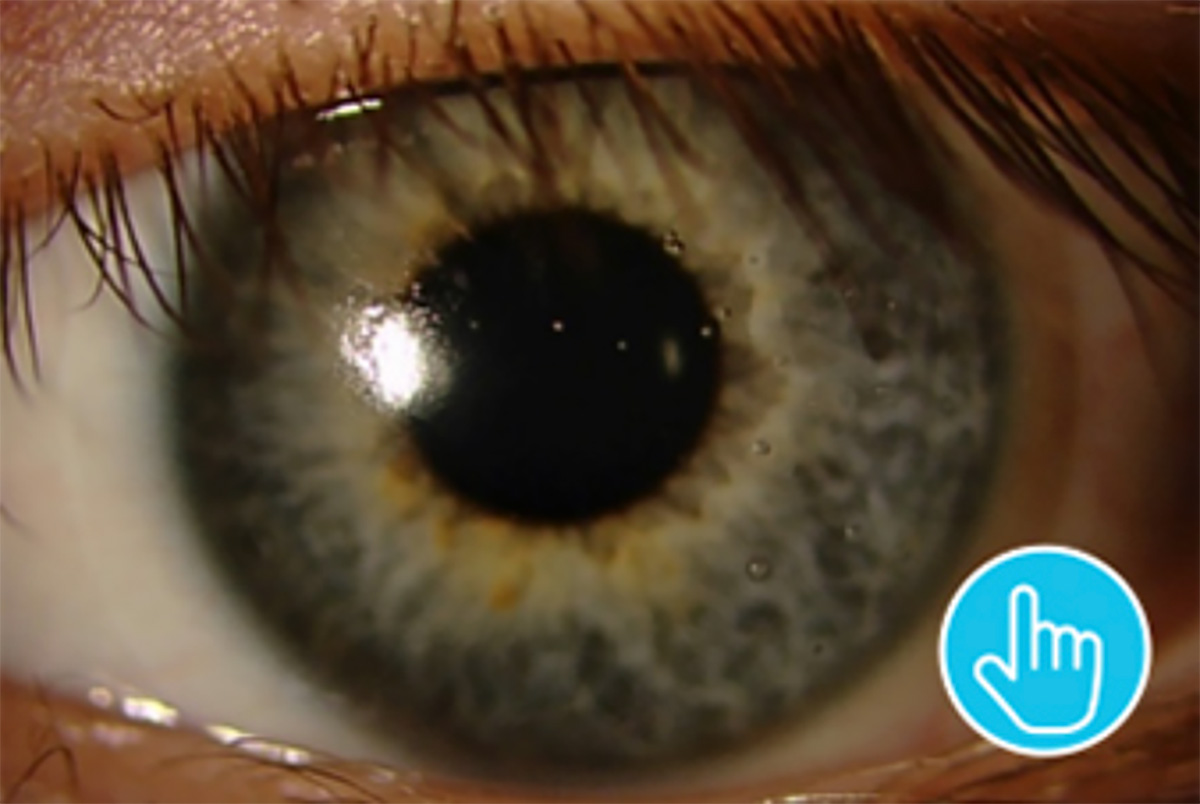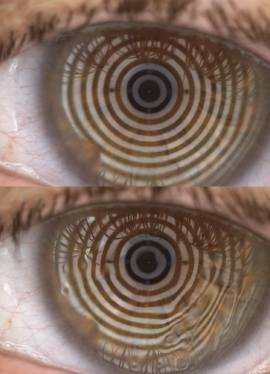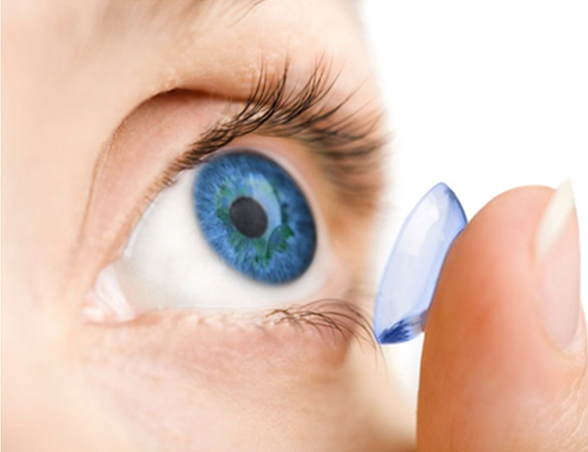Take a moment to consider how the latest research findings can help you recommend the best lens for each patient and stay at the cutting edge of contact lens practice.
Discover the facts
Are some contact lens deposits beneficial?
A better understanding of the interaction between lens deposits and the tear film has led to new thinking on contact lens deposition.1
Look for materials that selectively interact with tear components we want and resist desposits that we don’t.
Why is tear film interaction important?
The tear film is complex with a wide variety of components.
Lens materials that selectively interact with tear components may be beneficial to contact lens wear.
No one lens is suitable for all patients, and lens recommendation should be based on individual patient needs.
Placido disc images showing good (top) and poor (bottom) pre-lens tear film.
Rethink your management
What's the relevance of lens deposits?
Visible deposits require management. Poor wettability can impact vision quality and comfort in some patients – particularly towards the end of the replacement cycle or late in the day.
At each contact lens examination, check the lens surface wettability with a slit lamp. Viewing keratometry mires or Placido disc images can be useful assessment techniques to aid this.
‘Invisible’ deposits from tear film interaction of natural components such as lysozyme and some lipids with some lens materials, may be beneficial.
Understanding the nature, rather than quantity of deposition, is key to lens selection and deposit management.
Use this in practice
Know your material properties
Hydrogels and silicone hydrogels differ in their deposition profiles and there are wide variations within these lens types. Group II and group IV hydrogel lenses deposit differently, as do coated and uncoated silicone hydrogels2
Clinical management options for visible deposits in symptomatic wearers include:
- Change the lens material:
- from silicone hydrogel to hydrogel
- from a group II to a group IV hydrogel
- Increase lens replacement frequency, ultimately to daily disposable
- Incorporate a rub and rinse step in lens care for reusable lenses
- Change to a solution that incorporates a surfactant




